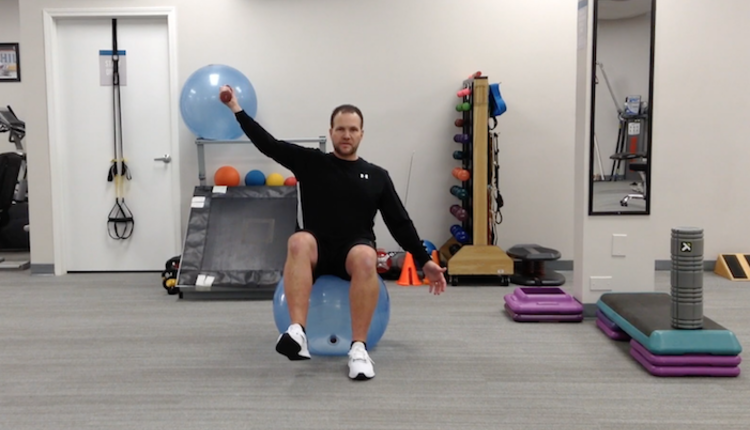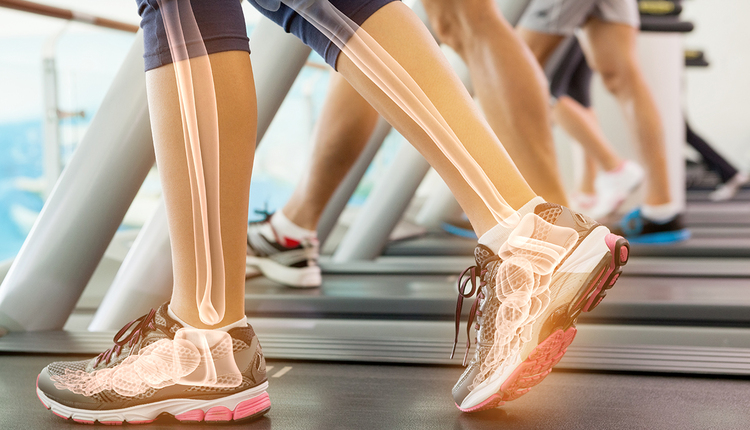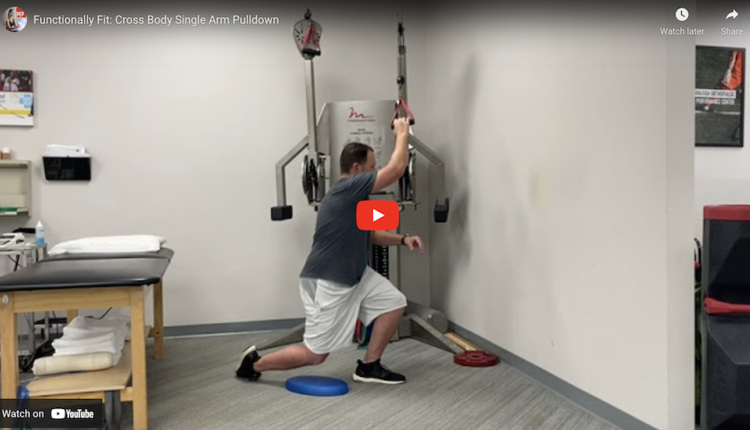To optimize dynamic balance and stability, I prefer to use single-leg stability exercises. When clients demonstrate sufficient stability on the ground, I like to challenge their balance by adding in an unstable surface. In this column, I will demonstrate how to effectively utilize the BOSU® Balance Pod during a posteromedial reach to improve strength and closed kinetic chain stability.


Execution: Begin standing with the ball/midfoot of the left foot on the BOSU® Balance Pod. Bend the left knee 20-30 degrees and find a balance point. Keep the hands in front of the body (chest level). Slowly reach the right foot in a posteromedial direction (45-degree angle back and away from the stance leg) while maintaining proper knee alignment of the right leg (knee pointing at twelve o’clock). Pause at the bottom and then return to the starting position. If needed, lightly touch the right foot down to steady the body and avoid loss of balance. Perform 5-10 reps and repeat on the other side. Focus on keeping the trunk still throughout the movement to keep the emphasis on the stance leg. Perform 2-3 sets.
Progression:
Perform the exercise with the dome side down.
Regression:
Lessen the distance of the reach and/or touch down the foot each reputation to help steady the body prior to returning to the start position.
Application:
This exercise is effective in injury prevention and rehab programs for those with ankle instability or past sprains, anterior knee pain, hip weakness, poor landing mechanics and higher ACL risk if playing pivoting and cutting sports. It will improve balance, proprioceptive awareness, ankle, hip and knee strength/stability, dynamic balance and trunk control. A slower cadence is preferable to maximize stability and neuromuscular control. It should be noted that clientele must be able to perform this movement pattern with good form on flat ground prior to moving to an unstable surface. Be sure to provide corrective cues if the client exhibits excessive valgus or trunk lean to minimize compensatory movement patterns.
















